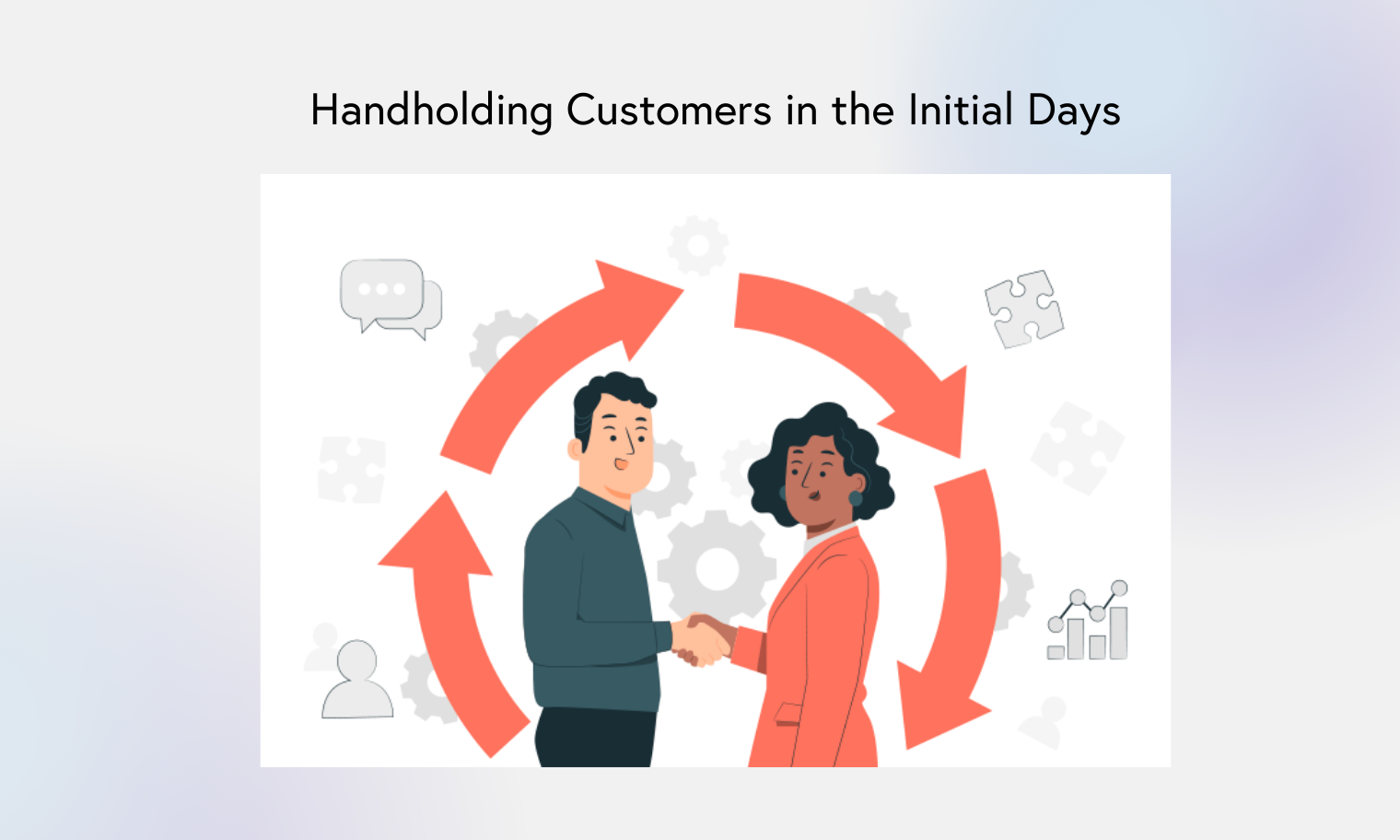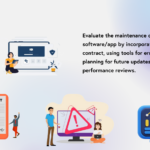Introduction
Customer retention is a critical aspect of any successful business strategy. As a founder, whether you have a technical or non-technical background, one of your primary fears might be that customers won’t see the long-term value of your product and may stop using it after the initial purchase. This fear is valid, but there are several effective strategies you can implement to ensure your customers remain engaged and loyal over the long term. In this blog post, we’ll explore these strategies in detail.
Handholding Customers in the Initial Days:
The first few days after a customer purchases your product are crucial. Providing excellent support and guidance during this period can set the foundation for long-term engagement.

Comprehensive Onboarding Process:
- Develop a detailed onboarding process that helps users quickly understand and utilize your product.
- Include step-by-step tutorials, videos, and documentation to assist users.

Educational Resources and Tutorials:
- Create a library of educational resources, including FAQs, how-to guides, and video tutorials.
- Ensure these resources are easily accessible and cover all aspects of your product.

Regular Check-Ins:
- Schedule regular check-ins with your customers to discuss their progress and address any issues they may be facing.
- Use these check-ins to gather feedback and understand their evolving needs.

Usage Analytics and Feedback:
- Implement analytics tools to monitor how customers are using your product.
- Use this data to identify potential issues and areas for improvement.

Defining and Achieving Key Milestones:
Helping customers achieve key milestones with your product can demonstrate its value and encourage long-term usage.

Setting Realistic and Achievable Goals:
- Work with your customers to set realistic and achievable goals that they can aim for using your product.
- Ensure these goals are aligned with their specific needs and use cases.

Guiding Customers Through Milestones:
- Provide clear guidance and support to help customers reach their milestones.
- Offer resources, tips, and best practices to assist them along the way.

Celebrating Customer Success:
- Celebrate customer success when they reach significant milestones.
- Use success stories and testimonials to showcase how your product is helping users achieve their goals.

Demonstrating Long-Term Value:
It’s essential to continuously demonstrate the long-term value of your product to keep customers engaged.
Highlighting Real-Life Use Cases and Success Stories:
- Share real-life use cases and success stories from other customers.
- Use these examples to demonstrate how your product can solve specific problems and provide long-term value.

Building a Community and Support Network:
Creating a strong community and support network can enhance customer engagement and loyalty.
Gathering and Utilizing Customer Feedback:
Regularly gathering and utilizing customer feedback is essential for improving your product and retaining customers.
Importance of Continuous Feedback Loops:
- Establish continuous feedback loops to gather input from customers on an ongoing basis.
- Use surveys, polls, and feedback forms to collect valuable insights.

Communicating Changes and Updates to Customers:
- Keep customers informed about changes and updates based on their feedback.
- Show appreciation for their input and explain how their feedback has influenced your product development.

Conclusion
Recap of Key Strategies:
- Handhold customers in the initial days, follow up regularly, and help them achieve key milestones.
- Demonstrate long-term value through continuous improvements, success stories, and ROI metrics.
- Build a strong community and implement continuous engagement strategies.









